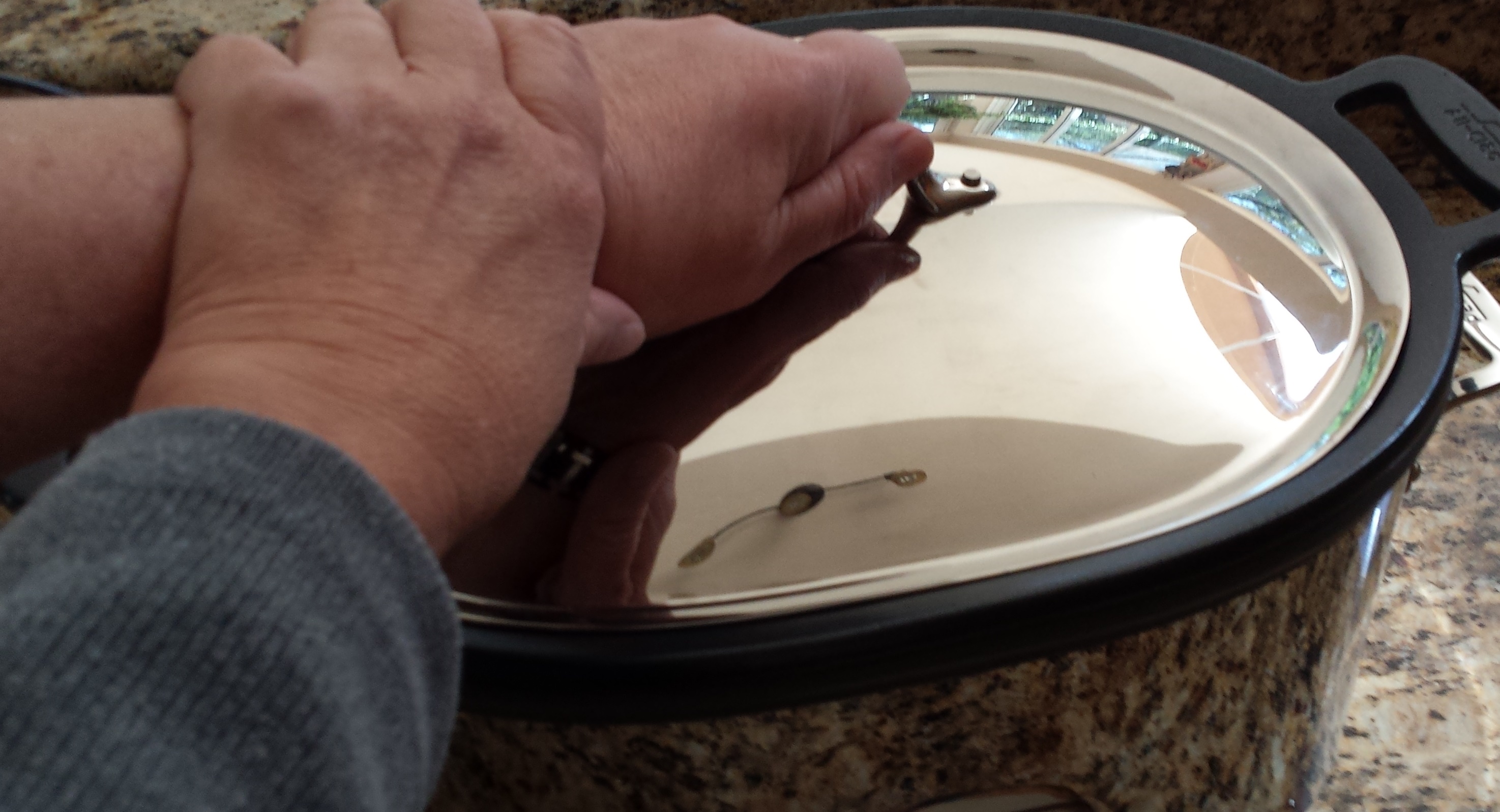Create Healthy Slow Cooked Meals
School has started back and that means busy schedules for the entire family. Homework, afterschool activities, club meetings, how will your family get a hot meal that doesn’t come from a drive through? If you have a slow cooker, you have a safe way to make a healthy meal for you and your busy family.
Follow these principles, and you’ll be creating warm, hearty recipes all year long that your family will think you spent hours on in the kitchen.
Temperatures must reach at least 165 degrees Fahrenheit for safe slow cooking.
The low heat on most models is about 200 degrees F. so cooking on low is a safe method.
To keep foods out of the food danger zone, always use fully thawed meats.
Don't use whole chickens or roasts; cut the meat or poultry into chunks to ensure thorough cooking.
For best results, a slow cooker should be between half and two thirds full.
If it is to full food may cook incorrectly.
Do not open the lid during the cooking process, this increases cooking time by 15 to 20 minutes each time you peek.
Worried that you need to open the lid to stir what is in there. Don’t be, it's usually not necessary.
Cooking on low heat takes about twice as long as cooking on high heat. A general rule of thumb is that "low heat" means about 200 degrees and "high heat" is about 300 degrees.
The ceramic insert in a slow cooker can crack if exposed to sudden temperature changes. I always like to fill my slow cooker crock the night before and then put in the refrigerator. Before putting in the base the next morning, I always add the insert and then allow them both to warm up at the same time. Also when finished cooking, avoid putting the hot ceramic insert directly on the cold counter; put down hot pads or a dish towel first.
If a recipe suggests that you do a little pre prep first like browning meats, do it.
You will get better results. We brown meat before adding to the slow cooker because it improves the flavor. Also if your recipe calls for you to dredge your meat in flour before browning, you will get a thicker sauce, many times it will make its own gravy.
Know your ingredients.
Fat retains heat better than water, so fattier foods, like meat, will cook faster than less fatty foods, like vegetables. For more even cooking, trim excess fat off of meats. If you're cooking a dish with both meat and root vegetables, place the vegetables on the bottom and sides of the insert and put the meat on top. The vegetables will act as a rack and allow the fat and juices from the meat to flavor the vegetables.
If you are making a dish such as beef stroganoff that contains sour cream, it should be added during the last 15 minutes of cooking.
Adding dairy products, like sour cream, milk, or yogurt, early in the cooking process tend to break down in the slow cooker, and you will not get the desired taste and texture you are wanting.
Lastly, it is perfectly fine to adapt a family favorite recipe to be used in the slow cooker.
However, there are a few things you should keep in mind, such as, liquid is not going to evaporate, so cut back on the liquids by about 20 percent. Whole herbs and spices need to be reduced by half in the recipe while ground herbs need to be added in the last hour of cooking.
One of my favorite slow cooker recipes is Slow Cooker Pork Chops and Gravy. The pork chops are so tender they may fall apart when removing them from the crock and make the most delicious gravy.
Slow Cooker Pork Chops & Gravy
- 1 cup all-purpose flour
- 3 teaspoons dry mustard
- 1 teaspoon each salt and garlic powder
- 6 (1-inch) lean pork chops
- 2 (10 3/4-ounce) cans condensed chicken broth
- 2 Tablespoons oil
Instructions:
Combine flour, dry mustard, salt, and garlic powder in a shallow dish; dredge chops in flour mixture and set aside. Combine remaining flour mixture and broth in a 3-1/2 quart slow cooker. Stir well to eliminate lumps. Pour oil into large skillet; place over medium-high heat until hot. Cook chops in hot oil just until browned on both sides; place in slow cooker. Cook covered on high 2 to 2-1/2 hours (low 5 to 6-1/2 hours).
Contact: Carla Haley-Hadley
County Extension Agent - FCS
U of A Division of Agriculture
Cooperative Extension Service
400 Laurel Street, Suite 215 Texarkana AR 71854
(870) 779-3609
chadley@uada.edu
